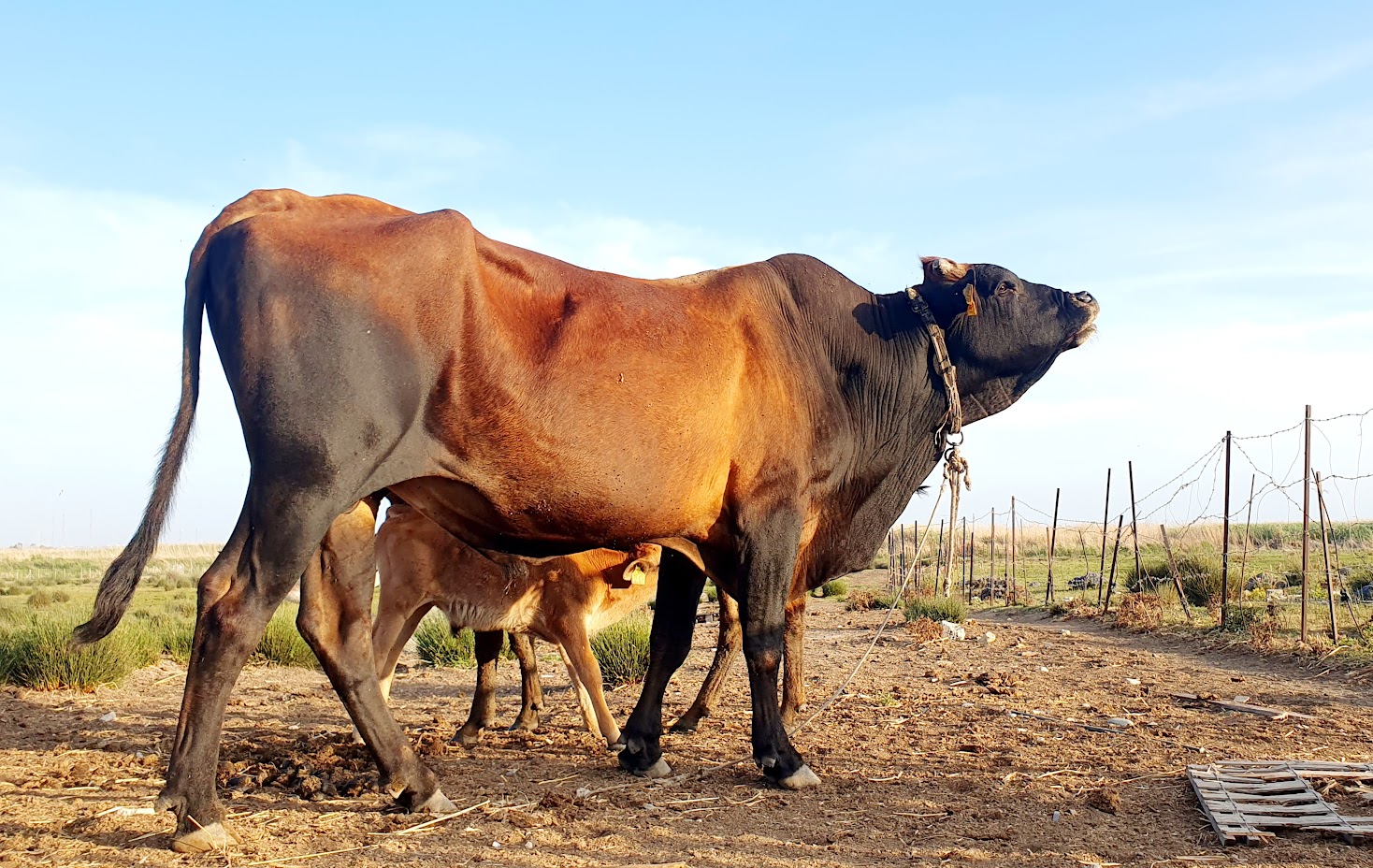The weather on Tuesday was not the only thing that rained on the goat and sheep herders’ parade.
Goat and sheep breeders marched on the presidential palace clad in waterproof ponchos demanding greater security for producers of halloumi – which now has a 25 per cent goat and sheep milk content – and threatening further measures if no action is taken.
They described the protest as “symbolic” and called on Agriculture Minister Maria Panayiotou to enforce her own decree on the ratio, set to expire at the end of August.
They also demanded a new regulation that gradually increases the required percentage of goat and sheep milk in halloumi by 5 per cent annually until 2029.
It all has to do with the protected designation of origin (PDO) for halloumi, which cattle farmers – avoiding any discussion – are insisting should include a high percentage of cow milk.
In a lukewarm response to the protest, President Nikos Christodoulides said the goat and sheep farmers’ right to demonstrate is “fully respected”.
He acknowledged the complexity of the halloumi issue and reiterated his government’s commitment to finding solutions, cautioning however that results would not be immediate – as if anything ever is.
Since halloumi was granted its PDO in 2021, its cultural significance has been overshadowed by an overwhelming contestation as to the ratio of goat, sheep and cow milk allowed in its preparation.
Unable to put its foot down, the government is acting as a go-between, trying to please everyone so it is not blamed by either side for potentially harming Cyprus’ bid to protect the original recipe or causing financial losses for those cut out of the deal.
This, however, comes with the added risk of listing halloumi as a product of disputable origin – a more apt PDO.
Halloumi, inextricably linked to daily life and ever-present in tradition in Cyprus, is perhaps the most versatile asset on the island. From squeaky freshness to being matured in brine, it can be cubed or sliced, grilled or fried, grated onto pasta, stuffed into sandwiches and baked into village pies or savoury loaves – the possibilities are endless.
Highly exportable, it is no wonder that this gastronomical jack-of-all-trades is virtually a goldmine.
Halloumi is “the most prominent” animal product of Cyprus and, “besides its cultural value, it is also a product of significant economic importance for the island,” the European Commission said in 2021, announcing the PDO.
It said the 2021 “historic package” for the “iconic cheese” gave the Common Understanding for Halloumi/Hellim reached in 2015, to be implemented pending the reunification of Cyprus.
According to CyStat data, during the period of January to May 2024, halloumi exports alone reached €155.2 million.
In July 2024, one day before the initial ten-year transition period for producing halloumi according to PDO guidelines expired, Panayiotou presented incentives and measures worth millions of euros to help farmers increase their production.
During the same month, the Cyprus Statistical Service (Cystat) said prices of various items were going down, however the price of halloumi was on the rise.
And so, while halloumi in all its glorious and culturally-significant forms is timorously bubbling away in cauldrons all over Cyprus, for some it is all undoubtedly boiling down to one thing – money.







Click here to change your cookie preferences